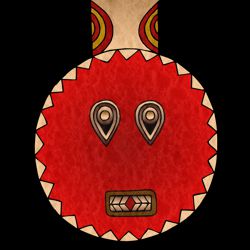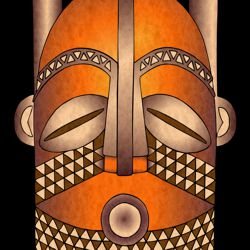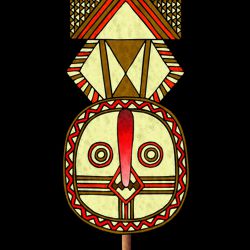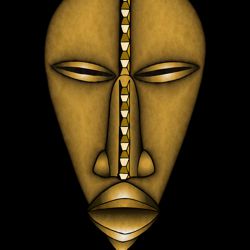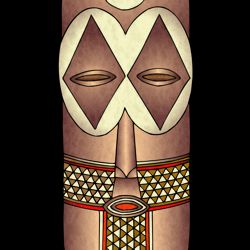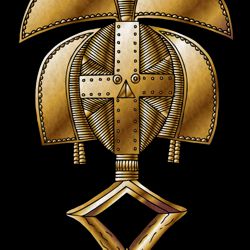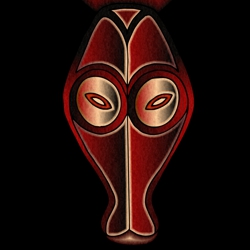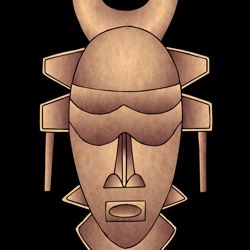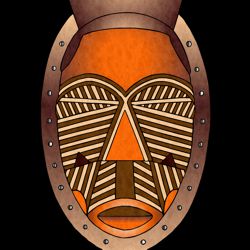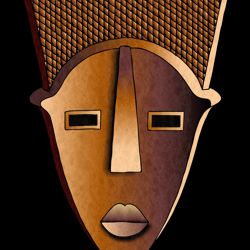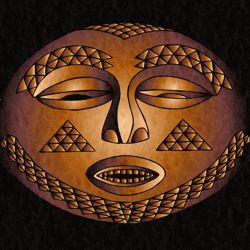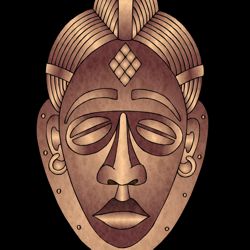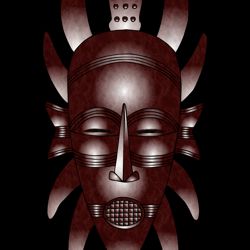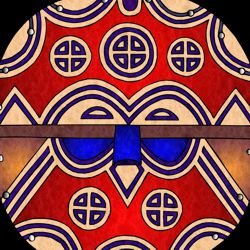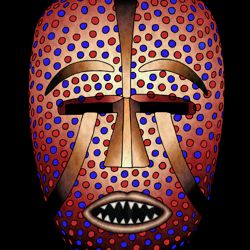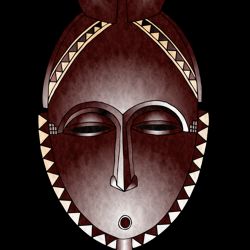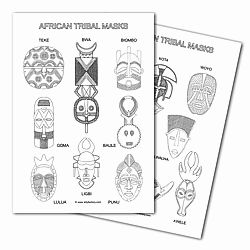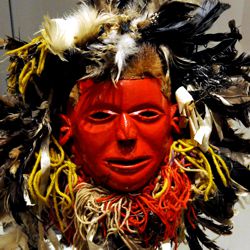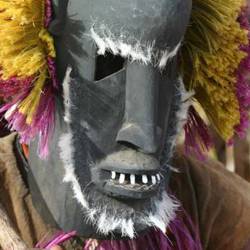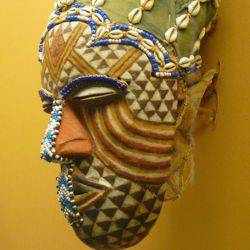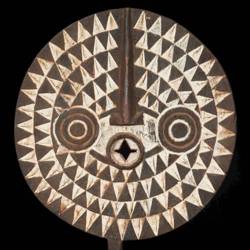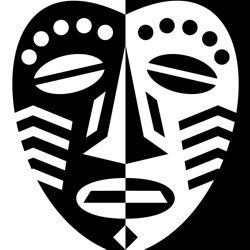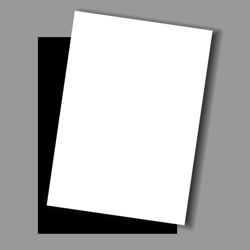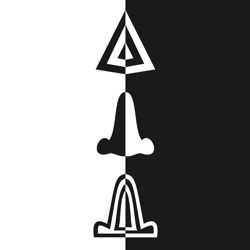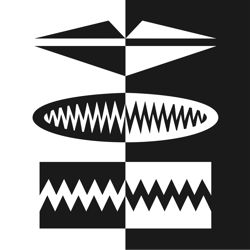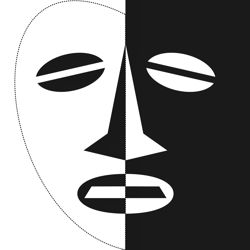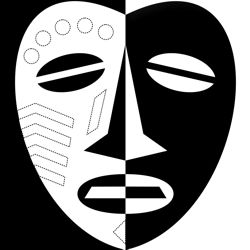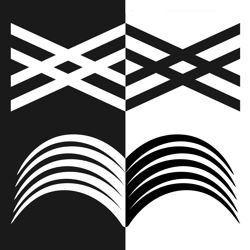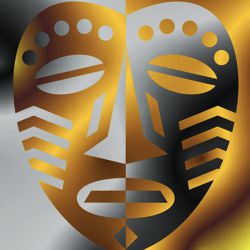The Elements of Style in an African Mask
The two main factors that influence the style of an African tribal mask are tradition and imagination.
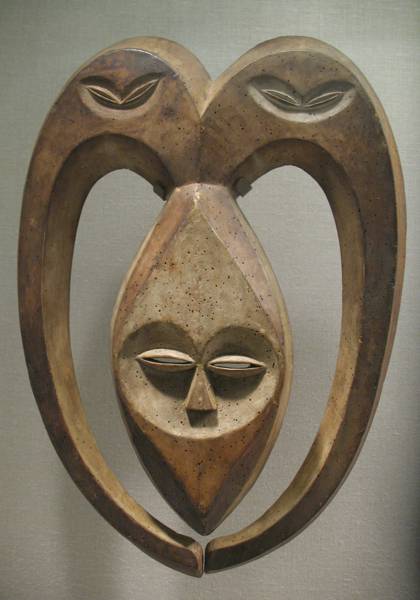
Ram Mask (Bata), 19th–20th century
Gabon or Republic of Congo; Kwele
Photo © niborean
There are two main factors that influence the style of an African tribal mask:
-
The traditional style that is dictated by the social and religious beliefs of the community.
-
The individual vision and imagination of the carver.
African tribal artists do not try to create a perfect representation of their subject. Although some realistic portraits are made, others celebrate more abstract qualities like nobility, beauty, courage, mischief and humour. They create an idealized version, emphasizing those elements that they consider most important:
-
Composition - Formal symmetrical arrangements of line, shape and form in figures and masks evoke integrity and dignity.
-
Texture - Skilled craftsmanship, fine detail and quality of finish are of great importance to the African tribal artist. Highly polished surfaces which represent a youthful healthy skin reflect the idea of beauty and virtue, while rough dirty surfaces suggest fear and evil. Many African carvings portray the idealized human figure in its prime, brimming with health, strength, and celebrating fertility or virility.
-
Shape - African masks take on many forms. They can be oval, circular, rectangular, elongated, heart-shaped, animal or human, or any combination of these.
The simplification and abstraction of visual elements in the art of the African Mask emphasize its expressive power. When we look at Expressionist art of the 20th century, we tend to think of it as a European style. One look at the elements of African art shows you where this visual vocabulary was born.

